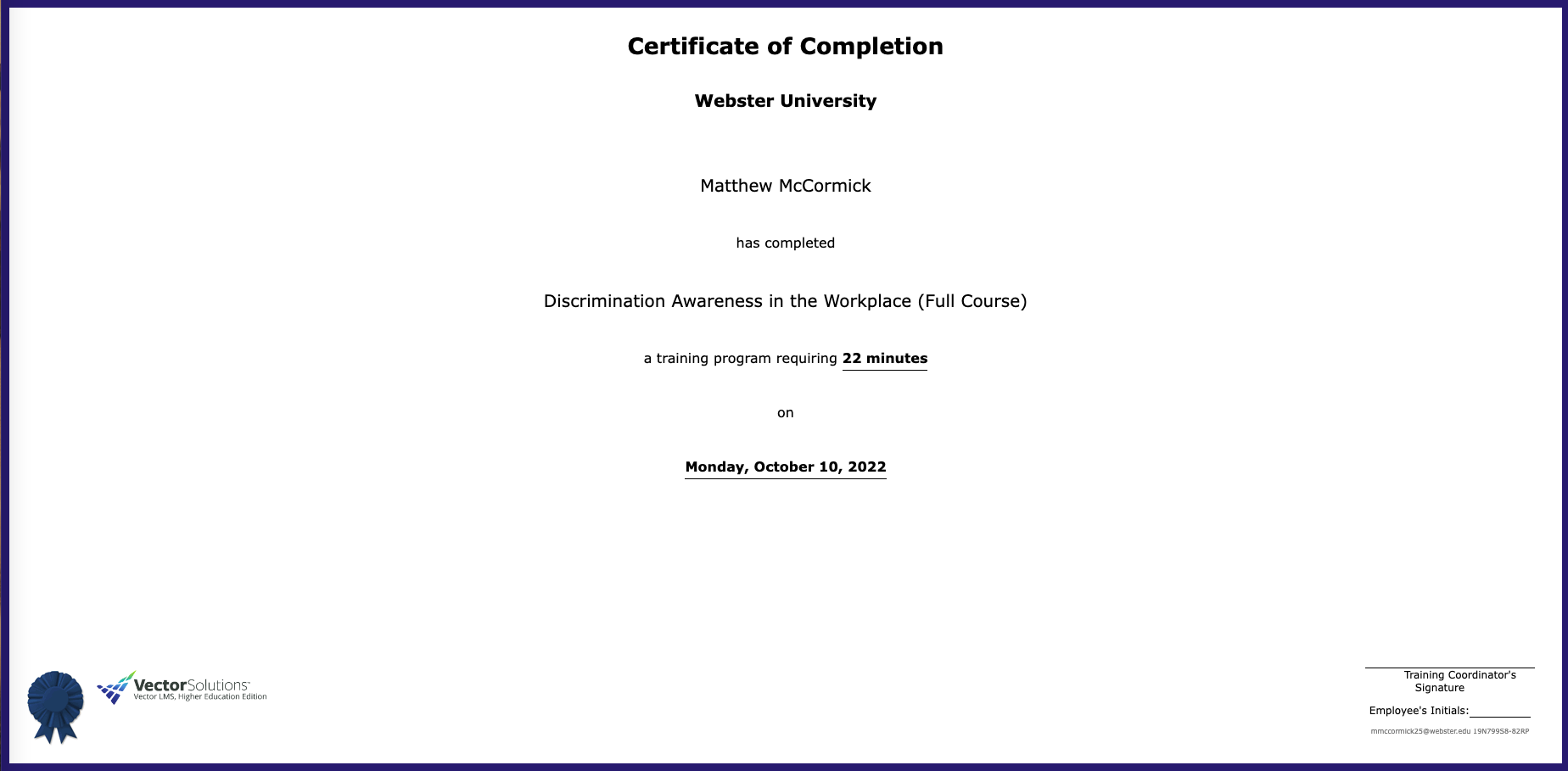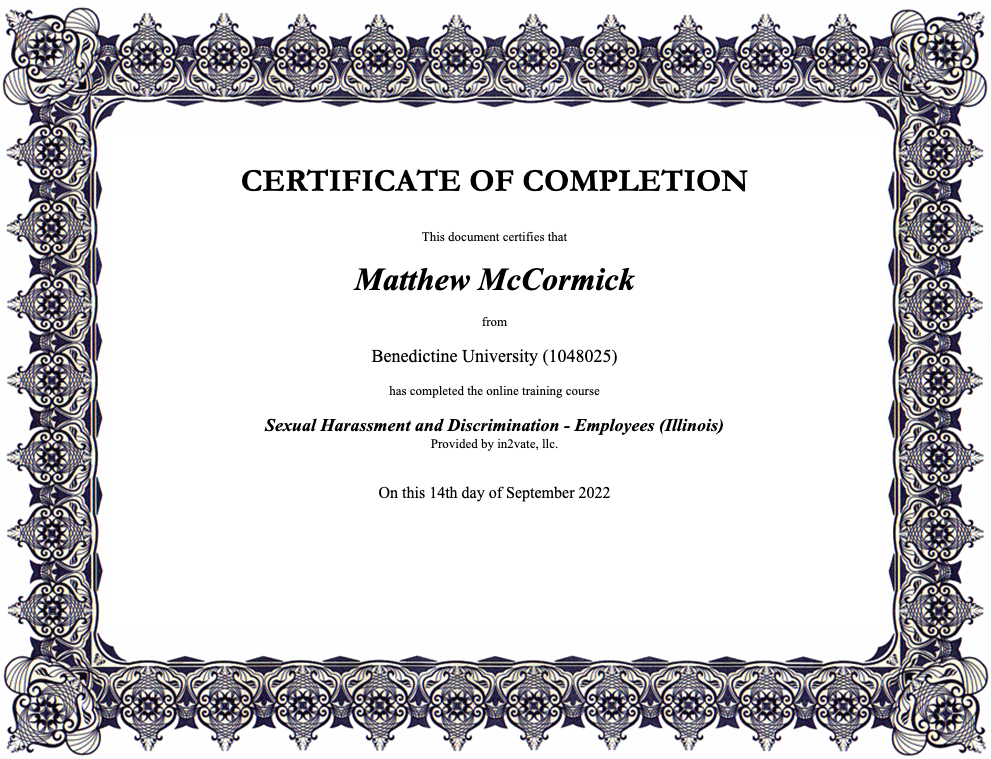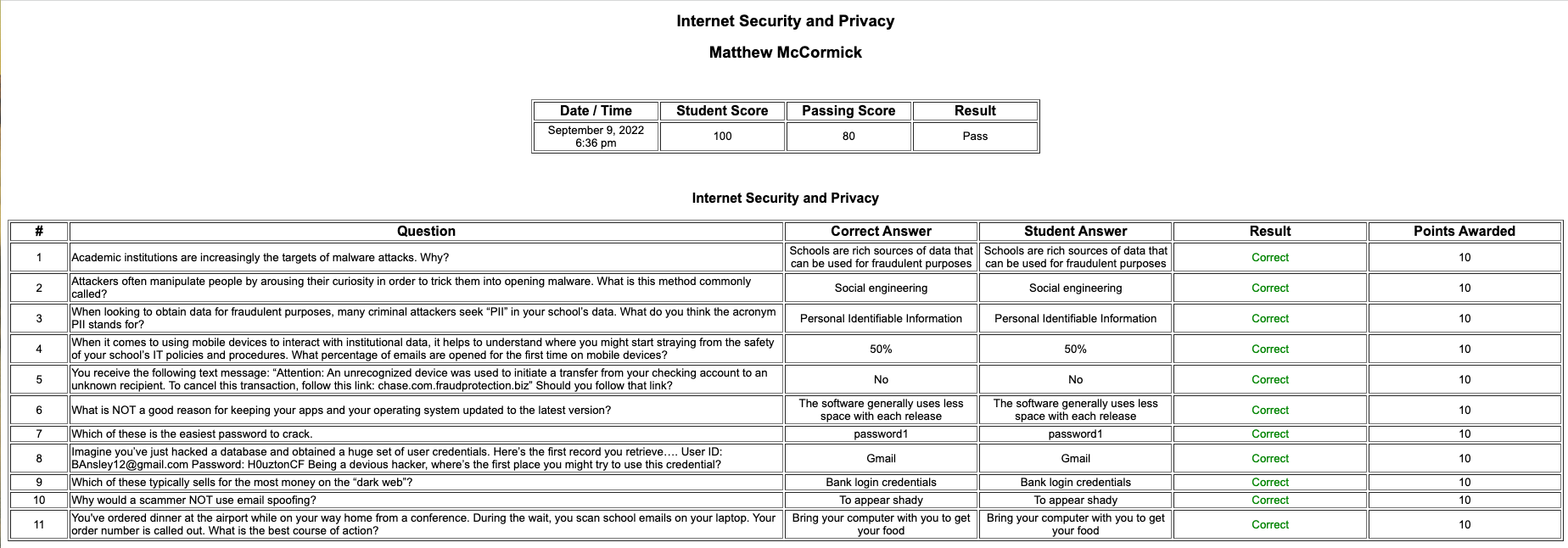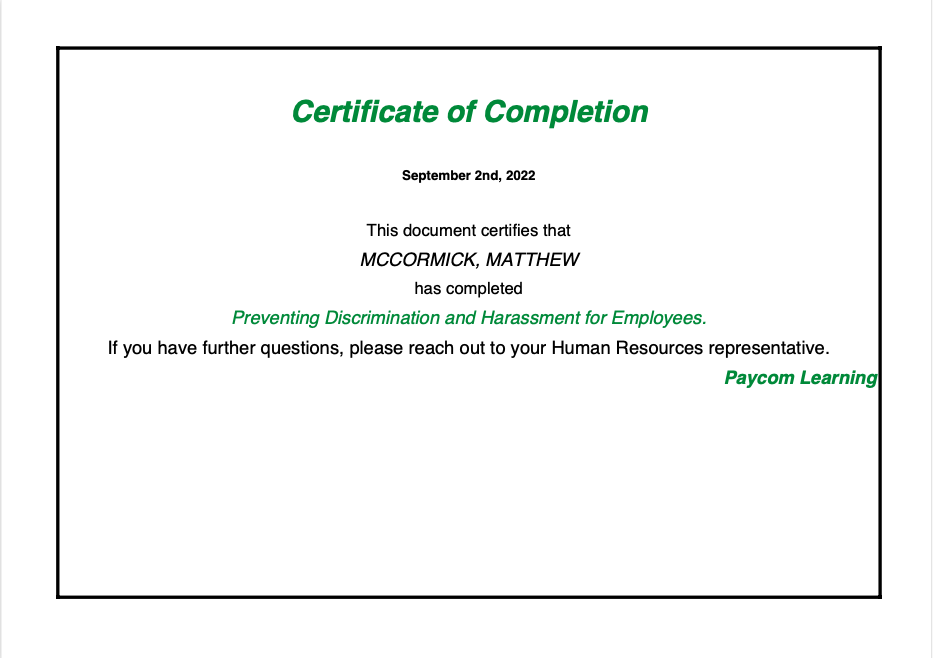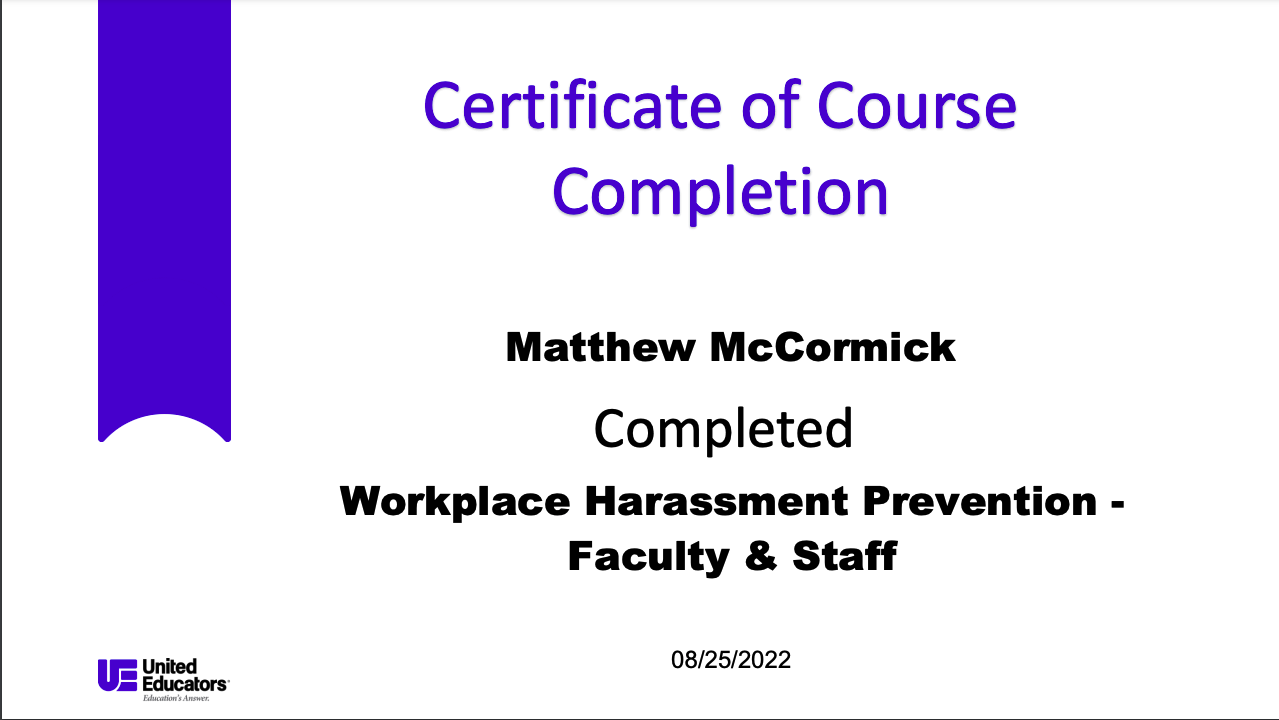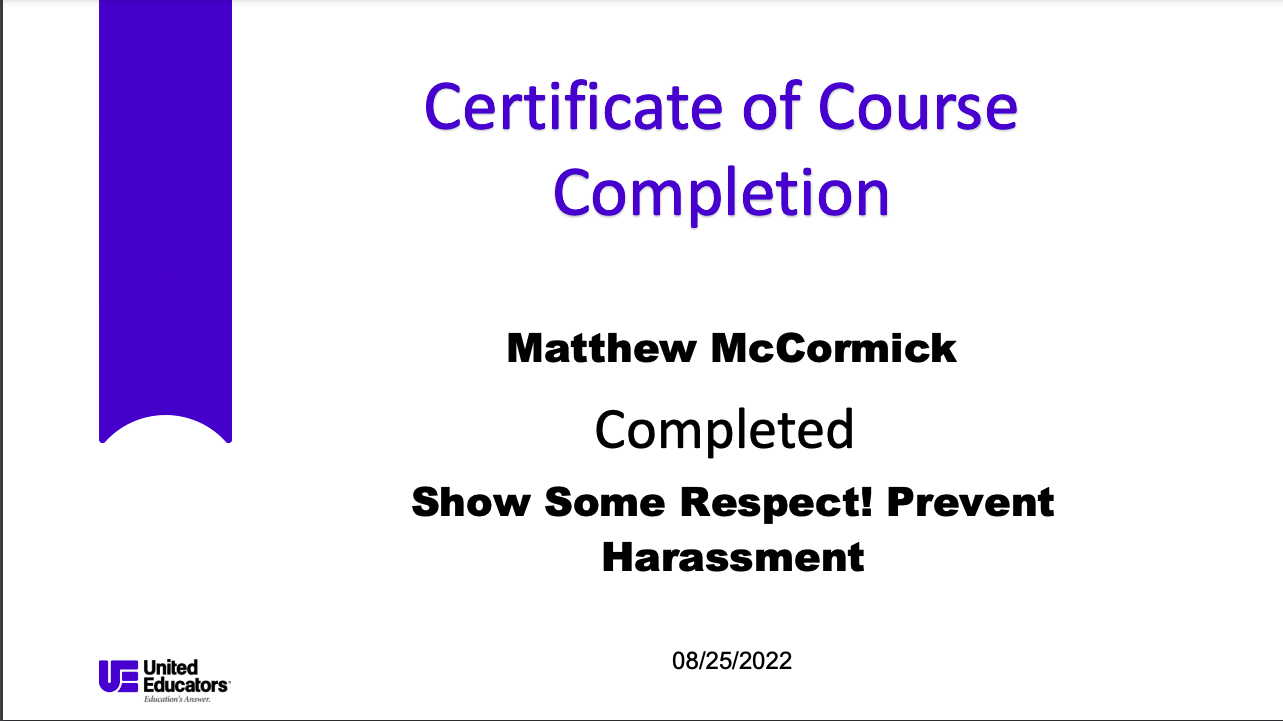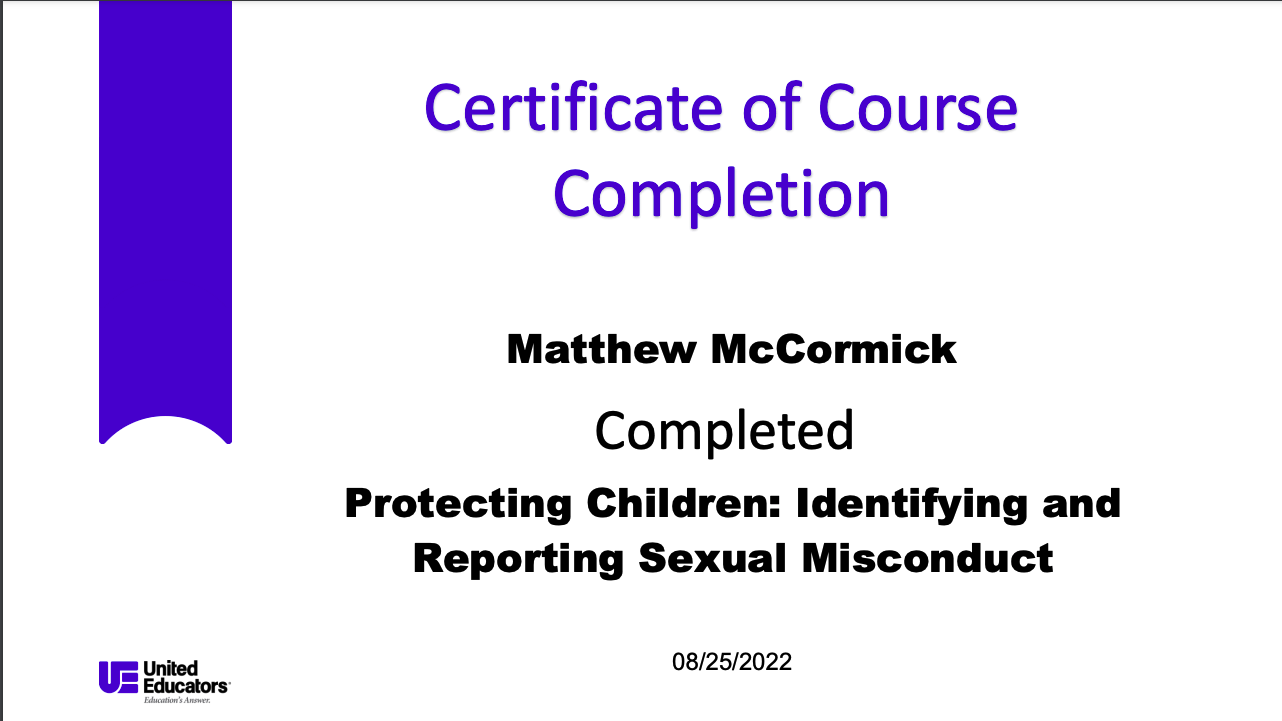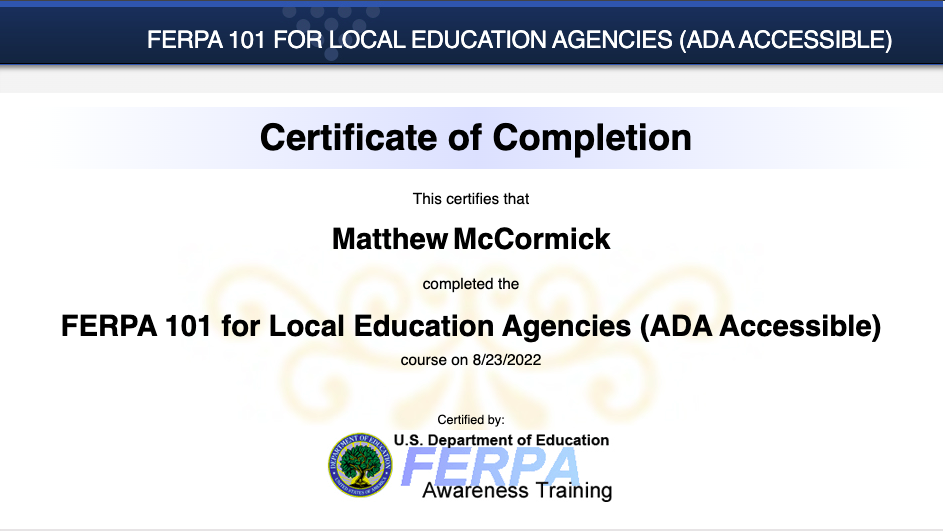All posts by magister
Webster University – Discrimination Awareness in the Workplace
Aspiring Medical Students At Top School Get Their Chemistry Professor Fired Because His Class Had High Standards
-by Ben Zeisloft
Oct 4, 2022 DailyWire.com
New York University organic chemistry professor Maitland Jones was fired after students petitioned the school with claims that his class was too difficult.
According to a report from The New York Times, Jones — who taught at Princeton University for decades and wrote a bestselling textbook on his subject — maintained a rigorous course that his students, many of whom are pursuing medical careers, considered a weed-out class. After 82 of his 350 pupils signed a petition against him earlier this spring, university deans canceled his teaching contract, which he had previously renewed on a yearly basis.
Marc Walters, who directs New York University’s undergraduate chemistry department, explained in an email to Jones that the school would let students retroactively withdraw from his class as a “gentle but firm hand to the students and those who pay the tuition bills” — an apparent reference to parents.
New York University, where annual tuition is nearly $60,000, places highly on national rankings of American undergraduate programs. Alongside other elite schools, New York University implemented test optional admissions in response to COVID and government lockdowns — a policy under which applicants are not required to submit scores for standardized tests such as the SAT and ACT.
Jones first noticed a decline in students’ focus roughly one decade ago, although student performance has since worsened. “In the last two years, they fell off a cliff,” he wrote in a letter to the university contesting his termination. “We now see single digit scores and even zeros.”
The 84-year-old professor paid more than $5,000 out of his own pocket to produce 52 organic chemistry lectures intended to help students succeed despite the school’s closure in the spring of 2020. Nevertheless, students failed to take advantage of the extra assistance and appeared in class at lower rates once the university returned to conventional instruction.
“They weren’t coming to class, that’s for sure, because I can count the house,” Jones said in an interview with The New York Times. “They weren’t watching the videos, and they weren’t able to answer the questions.”
Kent Kirshenbaum, a fellow chemistry professor, told the outlet that he discovered cheating during online tests and responded by decreasing students’ grades. He explained that the students protested because “they were not given grades that would allow them to get into medical school.”
The petition against Jones complained of his “condescending and demanding” tone, as well as his decision to conceal course averages and neglect to offer extra credit. “We urge you to realize that a class with such a high percentage of withdrawals and low grades has failed to make students’ learning and well-being a priority and reflects poorly on the chemistry department as well as the institution as a whole,” the document contended.

